Abstracts 2022
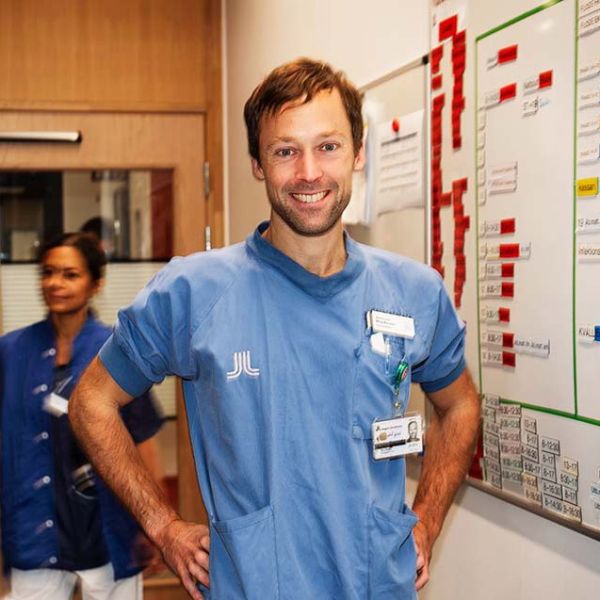
Alexander Berg Rendahl
Title presentation
An Overvierw of the Residency Programme at St Eriks Eye Hosptial and future opportunities for Collaboration
5 key short sentences highlighting the essence of my presentation
- Overview of the resisdency program
- Organization of the resisdency program
- Education during residency
- Future possibilities for cooperation
- Research
Summary of my presentation
A brief overview of the residency program at St Eriks Eye Hospital, including organization of the residency, research and future possibilities for cooperation.
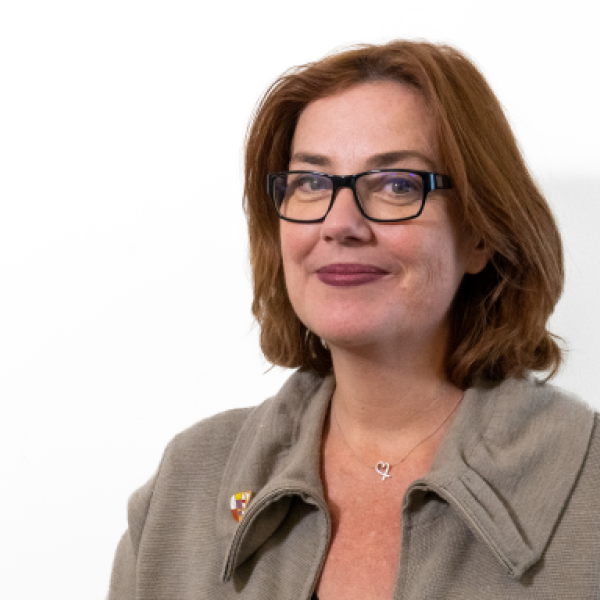
Joanne Brodie
Title presentation
Connecting with patients about Quality – looking behind the curtain
5 key short sentences highlighting the essence of my presentation
- Eye and Ear communication about quality improvements has moved from a government mandated pdf publication to a more agile regular digital content.
- Consumer feedback and engagement has been critical in developing quality related content
- A variety of areas of the hospital have been profiled to provide patients with more insights into improvements and operations
- There has been a related increase in digital engagement on patient focused information
- “You said we did” campaign – how we let patients know how we are improving in response to feedback
Summary of my presentation
In 2020 The Royal Victorian Eye and Ear hospital (Eye and Ear) moved from an annual quality-related
patient publication to more regular digital reporting. Incorporating content around quality into our
business as usual communications, allowed for a much a more agile response to providing patients
with this important information.
The change in reporting was guided by best practice communications, with a focus on patient-friendly
videos to provide information on performance, and the improvements we are making in relation to
patient feedback. To date we have produced a range of short videos related to the important role of
Consumers, how our patient entrance processes have changed in relation to COVID-19 to support
safety, as well as our Executive Director, Medical Services speaking about the performance of the
hospital against government, quality-related KPIs. This information is supported with articles that
communicate how different areas of the hospital support quality and patient safety. In 2021 we also
launched a “you said we did” social media initiative that drew attention to these improvements that
provides a direct link between patient comment and hospital action
The change in quality reporting resulted in around 50% increase in engagement in the first year.
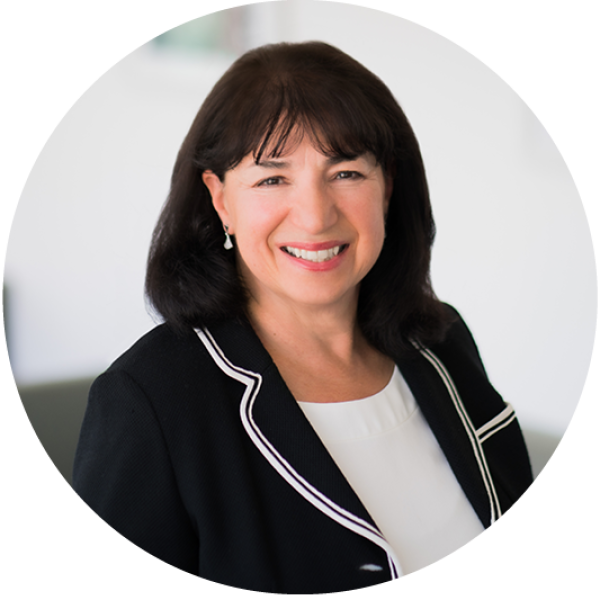
Deborah Chesky
Title presentation
The Future of Vision Campaign at the UCSF Ophthalmology
5 key short sentences highlighting the essence of my presentation
- How did a very small non-profit foundation raise $200 million to build a new vision center?
- What strategies were used to raise the funds
- What were the sources of the financial support
- What are the recent accomplishments following the capital campaign
- What are some new initiatives that will be undertaken
Summary of my presentation
The Future of Vision Campaign at UCSF Ophthalmology
The Department of Ophthalmology and Francis I. Proctor Foundation at the University of California, San Francisco (UCSF), constitute one of the nation’s leading institutions for vision care, education, and research.
UCSF Ophthalmology, in conjunction with That Man May See (now All May See Foundation), a UCSF affiliate and 501 c3 public charity with 5 employees, undertook an ambitious fundraising campaign, the Future of Vision.
The goal was to consolidate and expand clinical, research, and teaching activities that were dispersed across UCSF campuses throughout San Francisco.
Previously in separate locations, UCSF Ophthalmology and the Proctor Foundation are now integrated in the Wayne and Gladys Valley Center for Vision at Mission Bay which began welcoming patients in November 2020.
This successful $188 million achievement is the first phase toward establishing UCSF as the premier institution worldwide for clinical care, research, and education in ophthalmology and vision sciences.
The Department’s emphasis is on basic and translational vision science, while the Proctor Foundation focuses on clinical research, including randomized clinical trials, epidemiology, biostatistics, big data, and global health.
This presentation will focus on how 5 employees accomplished this feat and current fundraising initiatives being undertaken.
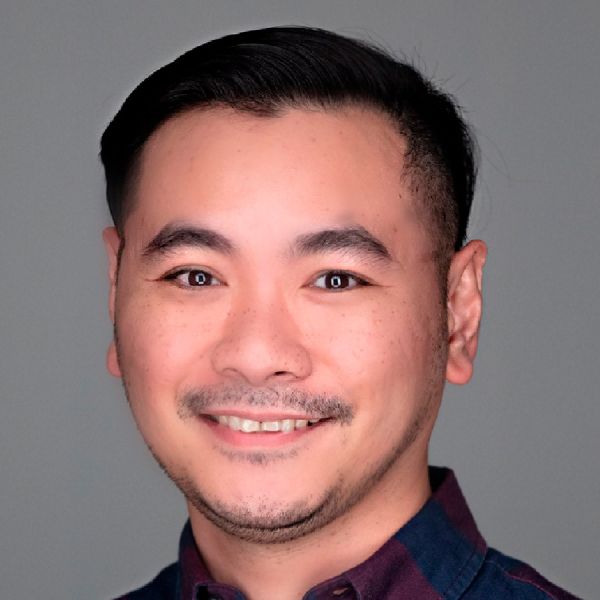
Reuben Cruz
Title presentation
Guided Brainstorming Workshop
5 key short sentences highlighting the essence of my presentation
- Definition of guided brainstorming.
- Present the 4 Questions Guided Brainstorming Tool.
- Application of the Tool with audience.
- Discussion of ideas from the group.
- Summary and potential topics to work on
Summary of my presentation
A 4-question guided brainstorming tool was developed to help nurses pick the most appropriate topic to work on. The tool will assist the user to use critical thinking to analyze current processes and help develop ways to conceptualize ideas into a process improvement project.
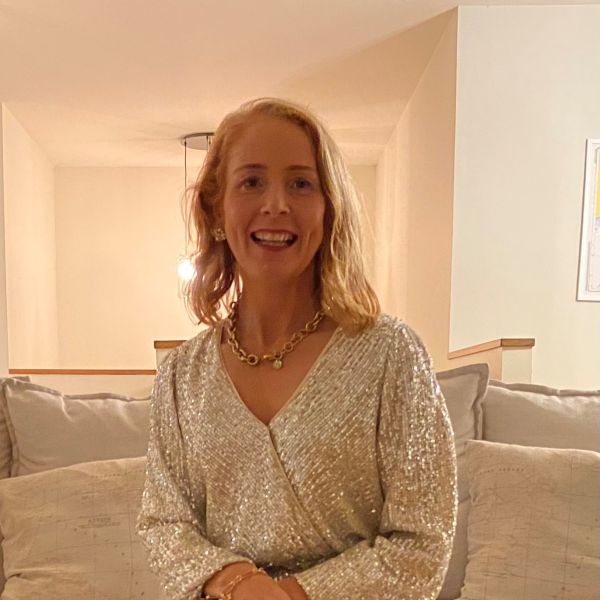
Sinead Cucanic
Title presentation
Patient Eye Drops Education Package – a WAEH funded
project
5 key short sentences highlighting the essence of my presentation
- Background: why there was a need to develop a Patient Eye Drop Education Package
- The role consumer consultation has played in driving the design development process
- The need for the wide distribution of this video to ensure it supports as many patients as possible
- Showcases the benefit of the World Association Eye
Hospitals in educating patients globally - The package will be translated into different languages to enable it being used as a global tool to assist patients, carers and clinicians
Summary of my presentation
As hospitals and health care providers, we have a shared responsibility to ensure our patients are more health literate. A common theme at the Eye and Ear hospital is that many patients have difficulty administering eye drops due to age related factors and/or impaired vision or fine motor skills.
Ineffective use or medication non-compliance is a significant risk. Prescribed eye drops are a vital
component in the management of eye diseases, infection prevention and inflammation reduction. Each
year the Eye and Ear hospital sees over 220,000 patients, 80% of whom have vision loss and most
require eye drops. Annually, the hospital dispenses over 30,000 scripts for 99 different types of eye
drops.
WAEH has funded a Patient Eye Drops Education Package to address this need. The patient focuses on
a patient centric approach to the production of an educational video and factsheet for the use of all
WAEH members.
The presentation details the development of the education package, the distribution strategy and
advice on how member hospitals can use the package. The audience will be shown a preview of the
video, that will be launched on World Sight Day.
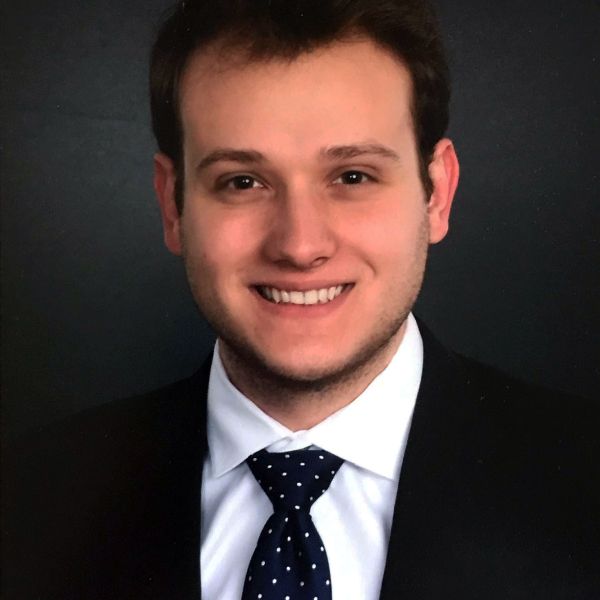
Edward Esposito
Title presentation
Anesthesiology Educational Material for Patients Scheduled for Ophthalmic Surgery: An Initiative to Improve Patient Experience, Safety, and Collaboration
5 key short sentences highlighting the essence of my presentation
- The development and implementation of patient education resources for patients requiring ophthalmic surgery
- The value of providing early perioperative education, starting in the surgeons’ office or clinic to address anesthesicrelated understandings and expectations
- The utility of various information delivery modalities for patient education delivery (print, video, etc.) for patients with diverse learning preferences
- The accessibility of pre-operative handouts in a presbyopic population. Continued collaboration with patients and family members to improve the delivery and content of the educational materials
- Measure the difference in day of surgery anxiety level between patients who had received and reviewed the education material compared with patients who receive a verbal description of anesthesia by the surgeons.
Summary of my presentation
Many factors contribute to pre-operative anxiety in the setting of outpatient eye surgery including
misconceptions about the risks, benefits, and expectations for the various types of anesthesia.
Patients often associate surgery with the experience of general anesthesia (being completely unconscious) and may not anticipate the level of consciousness maintained in light sedation. The efficacy of pamphlets as an instructional method for addressing patient misconceptions has been wellestablished.
However, current patient education is limited in meeting the knowledge needs, preoperative anxiety, and satisfaction of patients. This study was conducted to develop, implement, and evaluate the influence that physical, pre-operative patient education handouts may have on preoperative patient anxiety. Accessible language was used to explain the types of sedation used during eye surgeries, what to expect from anesthesia for eye surgery including common patient descriptions, typical post-procedure effects and risks, and the anesthesia team structure.
To assess the influence on anxiety, we are administering a pre-procedure survey to a patient population that has read the handout and one that has not. We hope that formally implementing this pre-procedure patient education intervention will alleviate patient anxiety related to their anesthesia care, optimize comfort and
satisfaction, and increase knowledge for those receiving eye surgery.
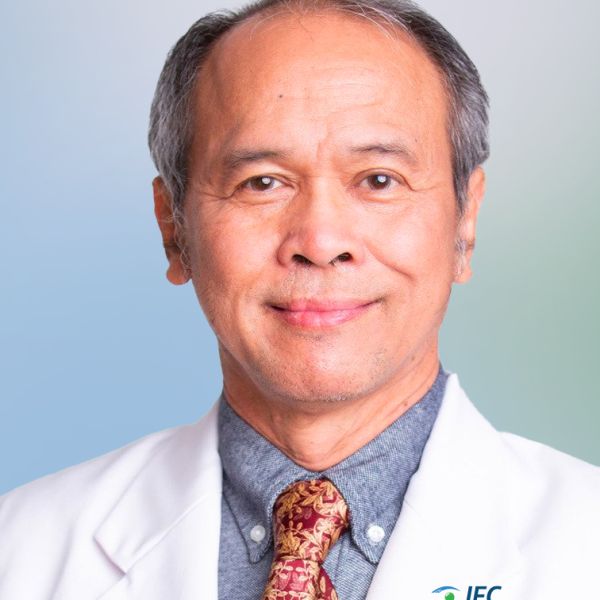
Tjahjono Gondhowiardjo
Prof. Tjahjono D. Gondhowiardjo, MD, is the Director of Development and Education of JEC Eye Hospitals & Clinics. He has been in the long practice and service at JEC since 1992, directly after completing his PhD from the University of Amsterdam. His clinical expertise in corneal problems has been derived from the two-best corneal surgeons in Netherlands in that era, namely Prof. Gabriel van Rij and Prof. Hennie Volker-Dieben.
He had a start of his active involvement as the Head of the Department of Ophthalmology, University of Indonesia / Cipto Mangunkusumo National Hospital (1997-2004), while after that, he was trusted with a very important role as the President of the Indonesian Ophthalmologist Society (2003-2010). He was also given a mandate to be the Chairman of Indonesian Committee of Prevention of Blindness (2004-2007), before he got to put himself as the Vice Chairman/Acting Chairman for Indonesian Eye Bank (2005-2010). A special credence to become the Congress President of the 2009’ Asia Pacific Academy of Ophthalmology (APAO) and American Academy of Ophthalmology (AAO) Joint Congress, should speak volume as well as his excelled experiences by being APAO’ Asian Coordinator for Education in 2009-2011 and Vice President (2010-2012). His dedication and involvements have been recognized by the APAO’ Distinguish Service Award (2004) and the Arthur Liem’ Award for leadership in 2010.
Besides those involvements, he served as the Chairman of the Indonesian College of Ophthalmology (2010 – 2016) and the Indonesian Eye Bank (2011 – Present). His services had been expanded by having the chance to become the Convener of the APAO’ Leaderships Development Program, the Council Member and Co-Founder of the ASEAN Association of Eye Hospital (AAEH – 2004), the Council Member of the ASEAN Ophthalmology Society (AOS 2013), Board Member of The World Association of Eye Hospitals, and Founding Fellow of Academy of Asia Pacific Professor in Ophthalmology (AAPPO – 2013), while he is now also an active member of the Indonesian Academy of Sciences (AIPI 2008).
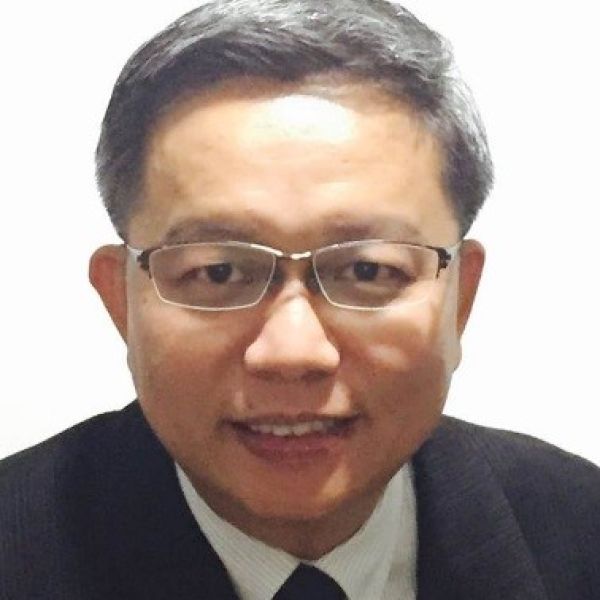
Ping Yen Gu
Title presentation
Optimizing Throughput; Enhancing Experience
5 key short sentences highlighting the essence of my presentation
- The burning platform – what is at stake
- Translating data-points into Insights
- Appreciation of Queuing Theory / Adoption of Technology
- Leadership role on the change management journey
- Sharing of experience – illustrates 1 or 2 implementation and outcomes
Summary of my presentation
With increasing aging population and resource limitations, optimizing throughput in all our facilities are
most critical. Load-leveling (minimizing effects of batches and variabilities) is an overarching strategy.
Presentation will:
- Describe the Healthcare burden (burning platform) in Singapore and SNEC context.
- Attempt to name the “Virus” behind queues, waiting, congestion in our land
- Touch on how SNEC ride on (and is still surfing) the Covid wave of change – resetting how we view scheduling needs/challenges – sharing of key work plans during and beyond this C19 pandemic and the importance for leadership at all levels to appreciate
a. what is at stake,
b. what is possible, and
c. what is needed.
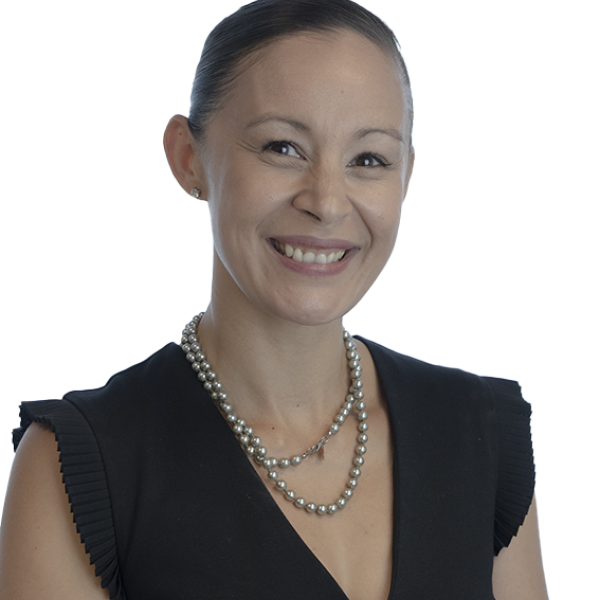
Nikki Hafezi
Title presentation
Sustainability & Improved Patient Care through Education & Training in Uzbekistan
5 key short sentences highlighting the essence of my presentation
-
Adopting and adapting European standards of medicine for Central Asian market
-
Partnering with European clinicians for training and patient care
-
Expanding screening efforts for early detection and prevention of ophthalmic diseases
-
Integrating clinical research and epidemiological studies for a better understanding of ophthalmic disease prevalence
-
Developing a training program for ophthalmic staff members
Summary of my presentation
The key to sustainability in healthcare is improved education and training. However, this key requires both a long-term strategic plan and considerable investments. At the Tashkent International Medical Center, ophthalmology will be a leading eye hospital for not only Uzbekistan but for all of Central Asia. Theconcept is to recruit renown surgeons and clinicians to not only treat patients but also and more importantly train/educate future (local) doctors. The TIMC will, inparallel, develop an academic institute to develop medical training curriculum. So, the curriculum will be based on the adoption and adaption of the current state of the art in clinical medicine in Europe but tailored to the Central Asian market. In terms ofinvestments, the latest equipment and medication will be made available in the TIMC, which will allow for improved healthcare for the community. As for strategic planning, clinical research initiatives will also be a focus to allow for a better understanding ofophthalmic diseases in this region. The estimated opening for the TIMC and Eye Hospital will be Q3 2024.

Jos Hubers
Title presentation
Clinician burnout; a summary of research in the Rotterdam Eye hospital
5 key short sentences highlighting the essence of my presentation
- Clinicians, ophthalmologists (In training) and all other employees working in eyehospitals worldwide increasingly experience work pressure and an imbalance between work and private life. This leads to an increase in sick leave. More specifically, this leads to an increase in psychological workrelated
absenteeism. - The subject is high on the agenda in the Netherlands and a lot of research is being done here as well. The Rotterdam Eye Hospital has the ambition to actively participate in this
research and, more specifically, in interventions that can reduce psychological absenteeism - The aim of the project is to share knowledge about clinician burnout between eye hospitals worldwide, to test best practices and local solutions for use in their own hospital, as well as to create an active network in which knowledge and experiences are exchanged on a more permanent basis.
- A questionnaire has been published as a pilot in the
Rotterdam Eye Hospital. The outcome clearly shows that a majority of the respondents, but ophthalmologists in particular, experience a feeling of stress and breaking up by work on a regular basis and are therefore susceptible to burnout. - Sharing more knowledge about burnout risks in the world of ophthalmologists and also sharing best practices about how to prevent them might be very useful to all of us. We therefore invite other hospitals to gather and analyze information using the same questionnaire, to check for patterns in the outcomes.
Summary of my presentation
Clinicians, ophthalmologists (In training) and all other employees working in eyehospitals worldwide
increasingly experience work pressure and an imbalance between work and private life. This leads to an
increase in sick leave. More specifically, this leads to an increase in psychological work-related
absenteeism. The absence manifests itself in burnout complaints and sometimes even depression. At
a time when it is difficult to find enough qualified employees, it does not help if the work environment
is more sickening than contributing to job satisfaction and happiness.
Sharing more knowledge about burnout risks in the world of ophthalmologists and also sharing best
practices about how to prevent them might be very useful to all of us. We therefore invite other
hospitals to gather and analyze information using the same questionnaire, to check for patterns in the
outcomes.
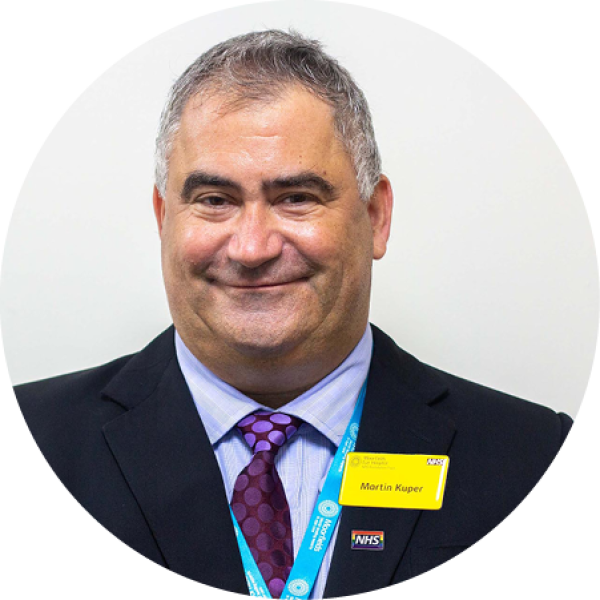
Martin Kupers
Biography
Dr Martin Kuper joined Moorfields as chief executive in September 2021, with more than 10 years of previous board experience as medical director and deputy chief executive in London hospitals.
Martin’s clinical background was in anaesthesia and critical care. Martin was a National Clinical Advisor on ‘Enhanced Recovery’ pathways to optimise recovery from surgery, and led implementation across London. In previous roles Martin also supported rapid mobilisation of critical care capacity during Covid-19, led a major multicentre study on intraoperative fluid monitoring, and pioneered Same Day Emergency Care. Martin moved into management to fulfil his passion for optimising patient outcomes by transforming clinical and operational processes. At Moorfields his ‘excellence programme’ is implementing a strategy to transform the discovery, development and delivery of eye care.
Abstract
Moorfields Eye Hospital is working with partners the UCL Institute of Ophthalmology and Moorfields Eye Charity to deliver Oriel, our new integrated centre, which will open in 2027. Oriel is designed to intercalate clinical care, research and education to accelerate innovation, and to deliver excellent quality patient outcomes and staff experience.
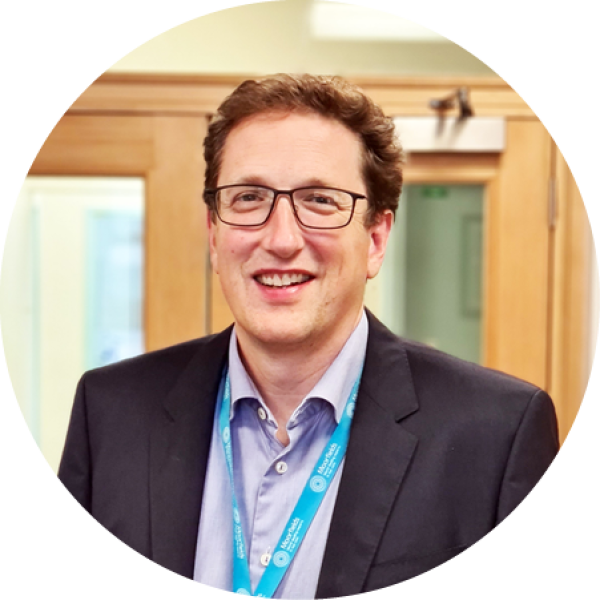
Richard Lee
Summary of my presentation
Richard Lee is Clinical Director of Research & Development, Moorfields Eye Hospital Foundation NHS Trust in London, UK. He is also a professor at University College London’s Institute of Ophthalmology. He is responsible for strategic and operational oversight of Moorfields research programme spanning experimental medicine through to big data and artificial intelligence.
This talk will summarise Moorfields’ activities in health data research including its leadership of the INSIGHT hub in partnership with other UK NHS trusts. This is the largest biorepository of ophthalmic images linked to clinical records in the world. The relationship between Moorfields and commercial partners, including their collaboration with Google DeepMind, will also be covered.
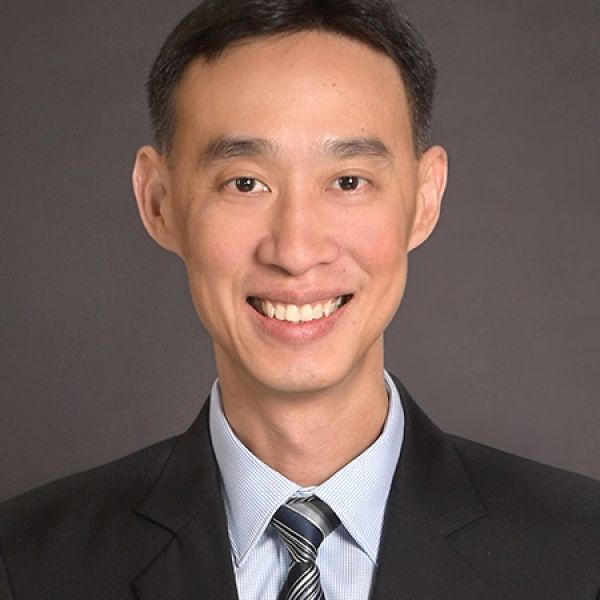
Hou Boon Lim
Title presentation
Singapore National Eye Centre – Posturing for the Future
5 key short sentences highlighting the essence of my presentation
- Short history of the Singapore National Eye Centre (SNEC)
- Developments in Singapore’s healthcare landscape
- Reviewing SNEC’s care delivery model
- Focus on population eye health
- Building supporting structures and management frameworks
Summary of my presentation
As the Singapore National Eye Centre celebrates its 33rd anniversary this year, we remember how it has
grown from a hospital department into a national specialist centre. Looking into the future, we see
challenges, both perennial and new, that would require us to re-think how eye care is delivered to our
patients while supporting the academic mission. A key component of this effort is a review of how the
Centre is structured and run, and how strategies can be better translated into outcomes. In this
presentation, we aim to share some of our plans and thoughts on this ongoing endeavour.
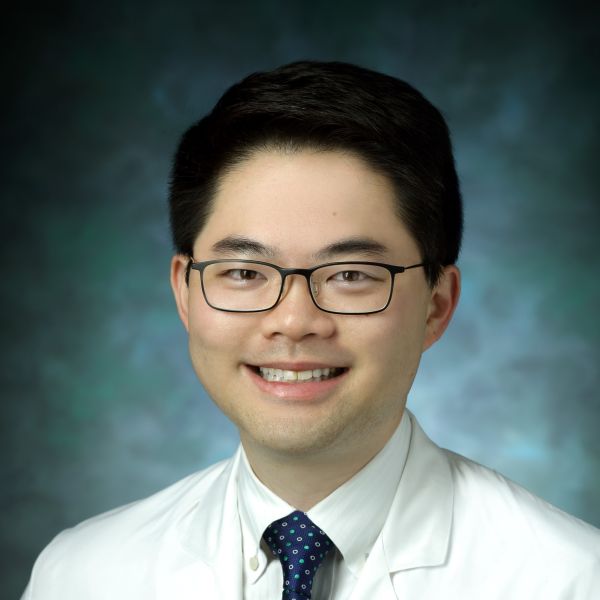
T. Y. Alvin Liu
Title presentation
Closing the Diabetic Retinal Exam Care Gap: Integration of Autonomous AI Technology Increases Access
5 key short sentences highlighting the essence of my presentation
- Compliance for regular diabetic retinopathy screening is low in the U.S. and around the world.
- Deep learning based image classification will help alleviate the bottle necks of current models of diabetic retinopathy screening.
- Deployment of AI-assisted diabetic retinopathy screening within an integrated healthcare system requires close collaboration between primary care and ophthalmology.
- Deployment of AI-assisted diabetic retinopathy screening within an integrated healthcare system improves diabetic retinopathy screening compliance rate.
- Efficient and successful implementation of such a program will be beneficial to both primary care clinics and specialized eye hospitals.
Summary of my presentation
We studied whether the implementation of autonomous AI for the diabetic retinopathy (DR) exam in a
community setting improved year-over-year DR screening compliance rate. The data was captured in
August 2020 (prior to implementation) and in August 2021 (1 year after implementation). Community
based clinics within the Baltimore County and Baltimore City, managed by Johns Hopkins Medicine,
were compared. Two clinics with autonomous AI DR screening (“AI clinics”) were compared to four
clinics without autonomous AI screening (“non-AI clinics”).
The DR exam adherence rate in the AI clinics improved from 35.4% (1,127/3,182) to 58.8% (1,995/3,395),
representing a 23.4% increase. Of the 1,995 exams, 300 (15.0%) were performed autonomously. The compliance rate in the non-AI clinics improved from 30.0% (751/2,504) to 41.7% (1,080/2,593), representing an 11.7% increase. The increase of 23.4% in AI clinics was statistically significant as compared to the increase of 11.7% increase in the non-AI clinics (p<0.0002).`
We conclude that the implementation of autonomous AI results in a statistically significant improvement in HEDIS compliance, made even more difficult during the pandemic. In addition, we performed in-depth analyses of the patients who were referred to the Wilmer Eye Institute, as a result of the autonomous screening program.
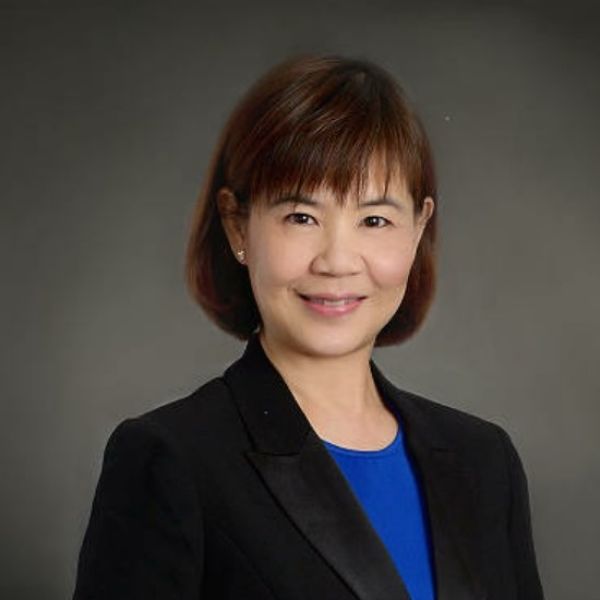
Huey Peng Loh
Title presentation
Staff Wellness Program in an Ophthalmic Ambulatory Centre
5 key short sentences highlighting the essence of my presentation
- What is staff wellness
- Why Staff Wellness is important to corporate
- Who – Key Drivers and Domains within Staff wellness structure
- How to establish & incorporate staff wellness program in your organization DNA
- Sharing of experience – illustrates 1 or 2 implementation and outcomes
Summary of my presentation
Joy at Work (JAW) is one of Singapore Ministry of Health (MOH) and SingHealth Cluster’s strategic
priority. Presentation will:
- Describe broadly JAW’s 9 elements adopted from Institute of Improvement (IHI) and linking to 3
pillars of staff wellness: Physical, Mental and Social wellbeing. - Focus on development and initiatives for SNEC’s staff wellness committee, illustrating staff
wellness and its positive impact during the pandemic in SNEC, where we are challenged with social isolation, manpower shortage and sustaining health. - Role of Management in staff wellness
- Significance of Pulse survey as a powerful communication channel to identify of staff concern,
health, and well being - Outline key work plans beyond pandemic, how staff wellness continues to be key supporting
structure to drive enablers for JAW goals & fundamental for transforming Organization culture.

An Ly
Title presentation
Fitting an old service into a new space – relocation of Specialist Clinic services
5 key short sentences highlighting the essence of my presentation
- The Royal Victorian Eye and Ear Hospital is undergoing an extensive redevelopment of the Specialist Clinics area
- Specialist Clinics services have been moved to an interim location whilst the redevelopment has been taking place
- As we prepare for the imminent move into our new area, there has been extensive work undertaken to plan all of the key steps involved to ensure a smooth transition for both staff and patients
- This process has allowed us to identify processes that can be updated and adapted for the new environment using improvement methodology through extensive staff and consumer engagement
- By taking this structured approach to our move planning, we are able to support our staff through this large scale change management process, and ensure our clinical services are able to meet operational requirements in a timely manner
Summary of my presentation
The Royal Victorian Eye and Ear Hospital is currently in the process of an extensive redevelopment,
which will see all Specialist Clinic services move into a newly refurbished environment. As we near the
completion of this redevelopment project, we are presented with a unique opportunity to review the
current functions of our Specialist Clinics, and look at ways to improve and adapt our services in line
with the change in environment. Overseeing this body of work is our Ambulatory Services Move Group,
who have been brought together to co-ordinate activities required to ensure a timely relocation of
Specialist Clinic services that is both safe and efficient for our staff, but also providing safe and quality
care for our patients and their carers. Through adherence to our improvement methodology and change
management ideals, we are ensuring that staff and consumers are deeply engaged in the process and
at the completion of the relocation, clinical services will meet our operational requirements in a timely
manner, and staff are supported through this large scale change management process, and empowered
to help drive change and bring fresh perspective to delivering an old service in a new space.
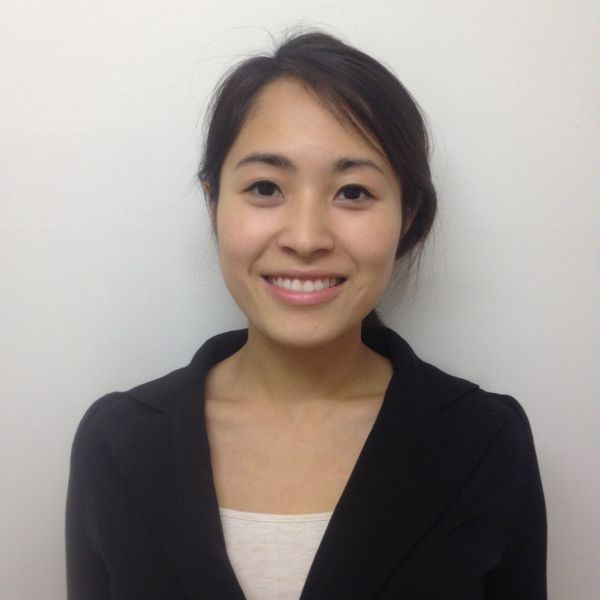
Tiffany Lo
Title presentation
Value-Based Healthcare: A Standardised Outcome Set for Keratoconus
5 key short sentences highlighting the essence of my presentation
- Value-based healthcare focuses on improving health outcomes while factoring in costs.
- Keratoconus is a corneal condition that affects young people, and thus has an impact on their vision and lives from a young age.
- Both clinical outcomes and patient-reported outcomes are important in achieving improved health outcomes.
- An international expert panel and patient focus groups were consulted on developing a list of clinical and patient-reported outcomes.
- The WAEH Value-Based Healthcare projects on keratoconus and retinal detachment have almost been completed.
Summary of my presentation
This presentation outlines the recent WAEH project on Value-Based Healthcare, focusing on the corneal disease, keratoconus. There were four steps involved; protocol development, development of a long-list of medical and patient-reported outcomes; an international expert panel from WAEH members to generate a short-list; and the creation of a standardised outcome set.
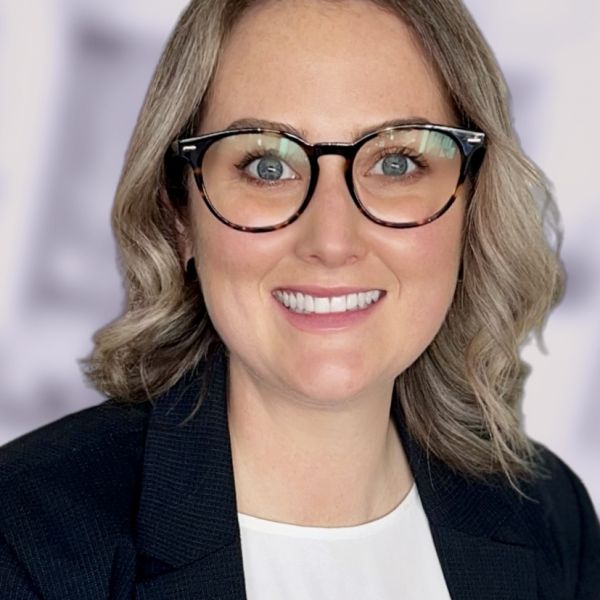
Emma Moore
Title presentation
Designing a Fundraising Strategy at RVEEH
5 key short sentences highlighting the essence of my presentation
- Designing a Fundraising Strategy driven by data and broadening revenue streams outside of Bequests
- Positioning our CEO Brendon Gardner as the Chief
Fundraiser and ensuring he is included in major donor prospect and stewardship plans - A review of our donors – why they give, who they are, where they give to and how much they give
- Benchmarking of other Victorian Hospital Foundations
- Preparing for a Capital Campaign uncovered the importance of quality data and regular, tailored, donor communications
Summary of my presentation
Fundraising has been part of the Eye and Ear since its infancy in the 1860s. At the time, funds were raised through lecture tours collecting around £8 a talk and the charity received its first bequest of £21 in 1869 to open a building fund.
Fast forward to 2022 and we are implementing a data driven strategy, designed with an organisational
approach to donor stewardship and embarking on a $12million Capital Campaign to fit out the
Cochlear Implant Clinic.
The design of this strategy focused on sustainability for the future of fundraising, donor acquisition and stewardship. While at the same time ensuring we have the operational frameworks in place to support this growth well into the future including implementing a new cloud-based database with email and SMS functionality.
With almost half of our donors aged 80 years old+, our donor acquisition piece became a priority to
ensure the sustainability of philanthropy into the future.
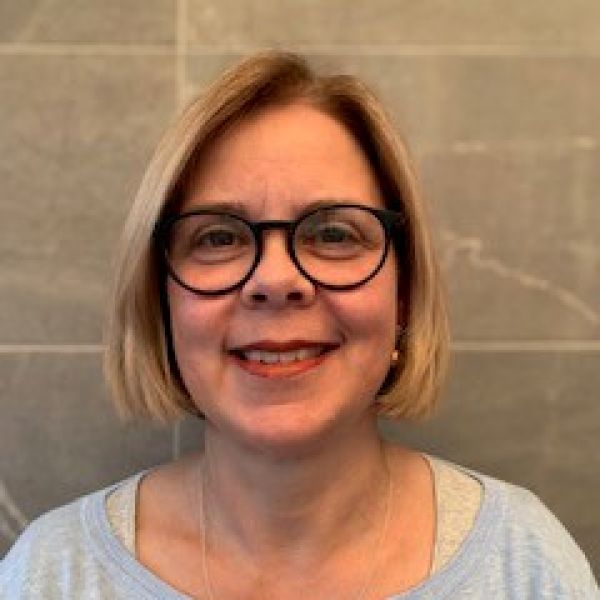
Fiona Moran
Title presentation
Evaluating and Improving Ambulatory Models of Care
5 key short sentences highlighting the essence of my presentation
- Moving hospitals isn’t just about working the same way in a new space
- The Royal Victorian Eye & Ear Hospital’s Ambulatory Services is capitalising on a new physical setting to positively influence new ways of delivering care.
- Refocus needed, confirm what our purpose is, why do we come to work?
- Test what we think against what consumers want/ need- are we delivering value based healthcare?
- Starting to trial new models of care to ensure best practice, meet demand and work virtually
Summary of my presentation
The Royal Victorian Eye and Ear Hospital will soon move its Ambulatory Services/ Specialist Clinics
back to the redeveloped main site. As part of the preparation for this move a governance framework
was put in place and two key groups were formed: Ambulatory Services Models of Care and Move
Planning groups. The work required for the physical move is covered within the move planning group,
the models of care group started looking at how services would be delivered in the space.
From the outset of the Models of Care work, the decision was made to capitalise on the opportunity
being provided by the physical move. Recognition that having to physically start working in a new
environment gave people the ability to think about working differently and gain support for positive
changes that had not been able to be investigated, progressed or maintained.
Refocusing reinforced the need for the consumer to be at the center of everything that was being
reviewed and considered. Healthcare providers across all craft groups have a perspective on what great
care looks like, but it’s not always the same as what our patients think. We need to apply the ‘patient
lens’
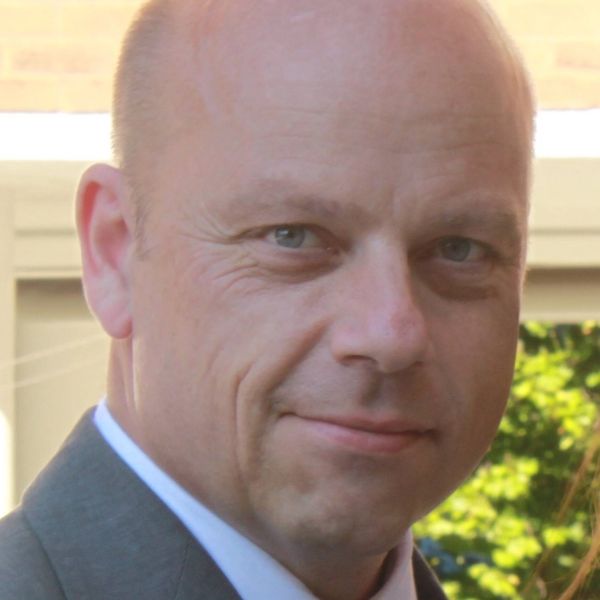
Nick Parker
Title presentation
2030 In Sight
5 key short sentences highlighting the essence of my presentation
- The important role of eye hospitals in bringing vision to everyone by 2030
- Key advocacy and policy developments in eye health
- The role of country level systems change
- Building consumer / patient demand
- How to get involved at a national, regional and global level
Summary of my presentation
Outline of 2030 In Sight – a goal to make eye care and rehabilitation services accessible, inclusive and
affordable to everyone, everywhere, whenever they are needed.
Share the key links to global and regional policy commitments and advocacy including, building cross
government support.
Sustainable Development Goals – how vision is a golden thread to achieve the Goals by 2030 and the
first UN Resolution on Vision.
How we are developing a systems change approach to looking at eye health within countries.
How the voice of eye hospitals can be heard as we raise the profile of vision with consumers, patients
and decision makers.
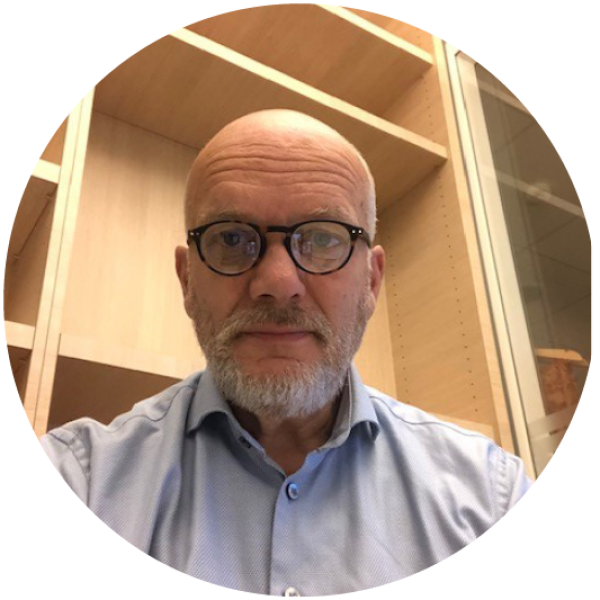
Fokker Ragers
Title presentation
Re-development Rotterdam Eye Hospital at Erasmus MC
5 key short sentences highlighting the essence of my presentation
- Strategic Framework Rotterdam Eye Hospital
- Strategic Alliance With Erasmus MC
- Changes and Developments within National en Regional Eye-care
- Redevelopment Rotterdam Eye Hospital at Erasmus MC
- Redesign Rotterdam Eye Hospital
Summary of my presentation
Will follow
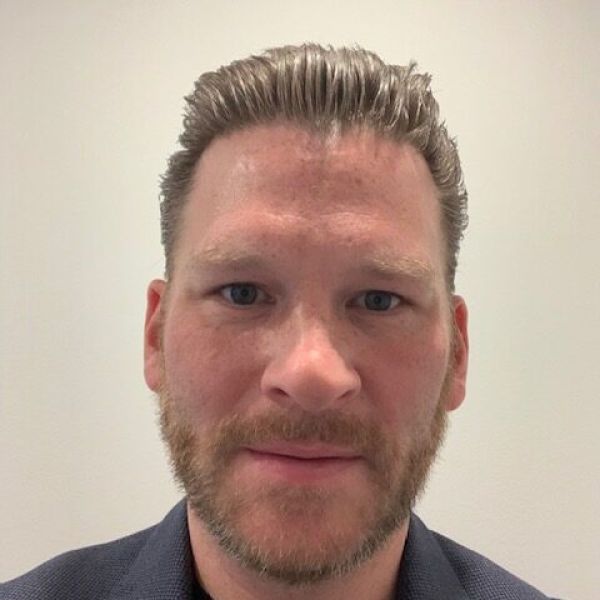
Rick Seefeldt
Title presentation
Self Scheduling in Ophthalmology
5 key short sentences highlighting the essence of my presentation
- Access continues to be problem for patients for scheduling and care
- Given higher costs of care and HC system scale – simply hiring more people is problematic
- Technology has improved to enable more patient
empowerment over scheduling and care management - Self scheduling enabled by EPIC My Chart enabling patient empowerment
- Increased self scheduling improves access, patient
experience, and reduces cost
Summary of my presentation
- Self Scheduling in Ophthalmology
- Access continues to be problem for patients for scheduling and care
- Given higher costs of care and HC system scale – simply hiring more people is problematic
- Technology has improved to enable more patient empowerment over scheduling and care management
- Self scheduling enabled by EPIC My Chart enabling patient empowerment
- Increased self scheduling improves access, patient experience, and reduces cost
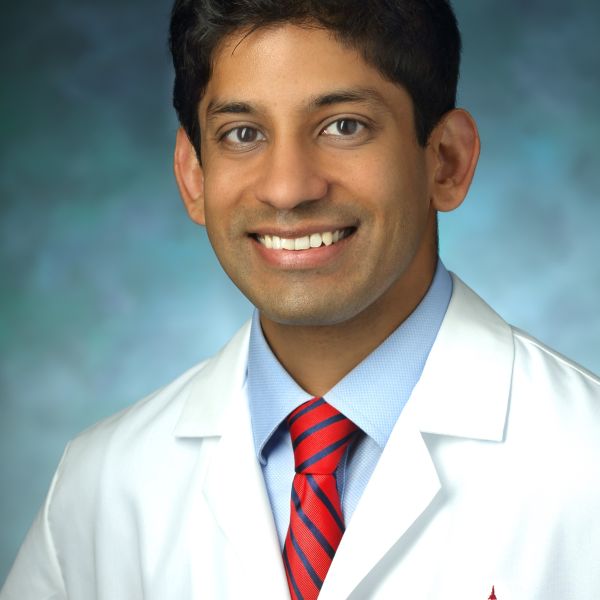
Nakul Shekhawat
Title presentation
Smartphone screening for anterior segment diseases: A
pilot study combining community health workers and
remote ophthalmologist review
5 key short sentences highlighting the essence of my presentation
- We have developed a novel platform for smartphone-based, community-led telemedicine screening for anterior eye disease
- Trained healthcare workers use our platform to collect patient info, measure visual acuity, obtain a focused ocular history, and capture high-quality eye photos
- The platform enables ophthalmologists to review clinical data/images and make diagnosis/referral decisions in a remote, asynchronous manner
- The platform automatically contacts patients needing follow-up in order to link them to systems of care
- We are also developing AI algorithms for automated, pointof- care diagnosis of cataract and common eye conditions using clinical data/images
Summary of my presentation
Anterior segment diseases such as cataract and refractive error remain major causes of blindness and visual impairment worldwide, yet limited access to trained eye specialists remains a key barrier to sight-restoring treatment in remote, low-resource settings. We will describe Visilant, a novel smartphone-based telemedicine platform designed to de-skill and de-centralize anterior segment screenings in remote settings. Our low-cost, user-friendly platform enables trained community health
workers to record patient information, measure clinical data including visual acuity, and capture highquality
eye images without reliance on ophthalmologists. Data/images are uploaded to the cloud for asynchronous, remote review by ophthalmologists in tertiary care centers who can diagnose, refer, and contact patients. The platform automatically contacts patients needing referrals in order to connect them with eye care systems and reduce loss to follow-up. The platform also enables eye hospitals to track screening volume, geolocation data, referral and follow-up rates, and several other performance metrics for monitoring and quality improvement purposes. Using our high volume of data/images, we are also developing AI algorithms for automated, point-of-care diagnosis of cataracts and other
common conditions. We will present preliminary data on our screening platform’s high diagnostic concordance with in-person ophthalmologist exams and potential for clinical translation.
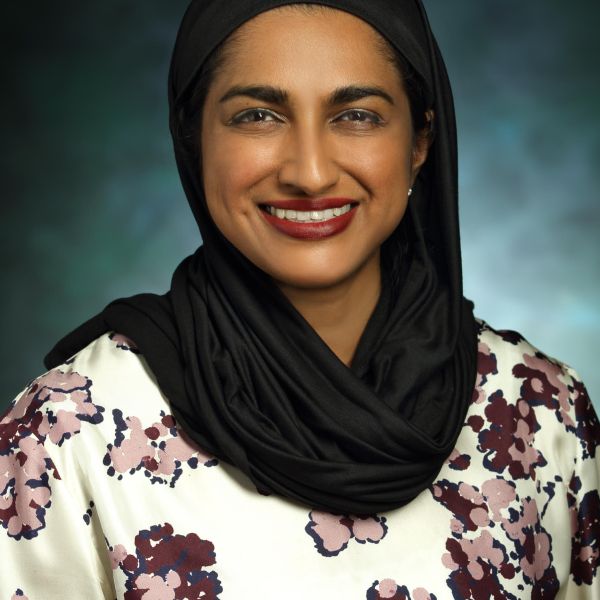
Shameema Sikder
Title presentation
Artificial Intelligence Driven Surgical Performance
Assessment
5 key short sentences highlighting the essence of my presentation
- The growing role of AI in Ophthalmology.
- The importance of objective assessment of surgical skill.
- Development of new technology within an academic
institution. - Understanding how to manage surgical video data.
- The role of digital collaboration.
Summary of my presentation
We describe the development of a a video-based personalized surgical learning platform using artificial intelligence (AI) methods to evaluate effectiveness of the surgical learning platform for surgical skill acquisition, improvement and feedback to the surgeon in performing the capsulorhexis procedure of cataract surgery. This AI based method for automated skill assessment of surgery and improving surgical skill of surgeons is significant in advancing the cataract surgical procedures. We will review the challenges and importance of objective assessment from surgical videos within our institution and how this data is critical to the advancement of surgery in the 21st century.